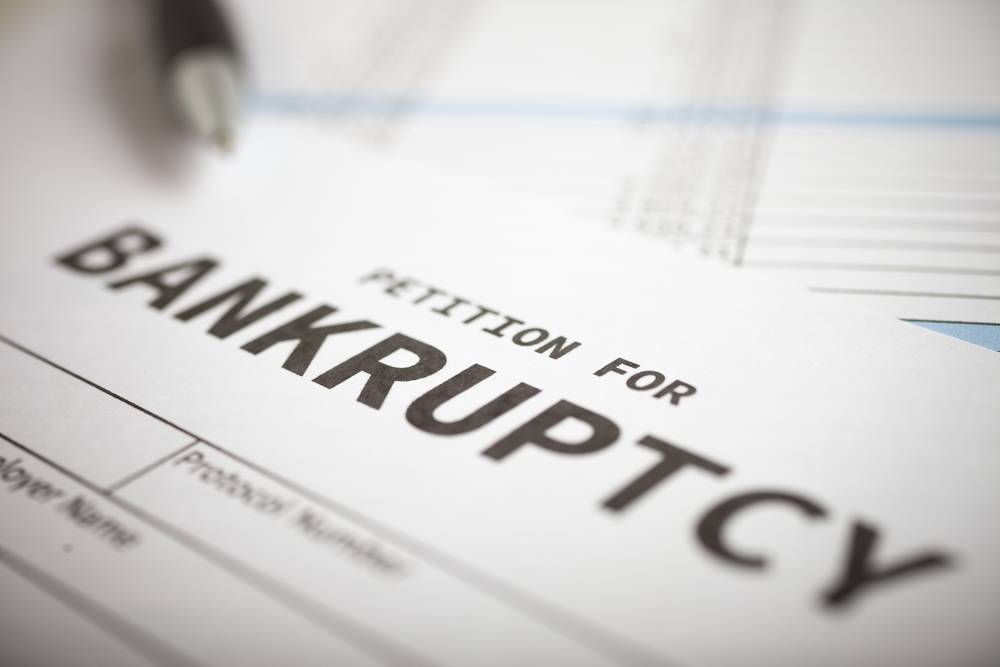
Company insolvency is a big challenge for businesses in England who are struggling financially. Insolvency occurs when a company can’t pay its debts or when its liabilities are more than its assets. This has big legal and financial implications for the company, its directors, creditors and other stakeholders. Knowing the insolvency procedures and the options they offer is key to managing financial distress.
In England there are multiple legal frameworks for company insolvency including administration, liquidation and company voluntary arrangements (CVAs). Each of these procedures offers different routes for a company to restructure, wind up or reach an agreement with creditors. This article by Darwin Gray’s insolvency team explains these insolvency options in detail, a full guide to the process and implications. Whether it’s to rescue the company, liquidate assets or negotiate with creditors, knowing these procedures is vital for companies who want to navigate financial difficulties and secure their future.
What is Company Insolvency?
Company insolvency in England means the company can’t pay its debts as they fall due or its liabilities exceed its assets. Insolvency has legal and financial implications for the company, its directors, creditors and other interested parties. Understanding the process and the options is key for companies in financial distress in England.
In England there are several procedures and remedies for company insolvency including administration, liquidation and company voluntary arrangements (CVAs). Each option serves a different purpose and offers varying degrees of control and protection for the company and its stakeholders.
Administration:
Administration is a formal insolvency procedure to rescue a company in financial distress or achieve a better result for its creditors than would be possible in liquidation. The appointment of an administrator puts a moratorium on creditor action and gives the company time to explore restructuring or sale options.
During administration the administrator takes control of the company and works towards the statutory objectives which include rescuing the company as a going concern, achieving a better result for creditors than in liquidation or realising assets to distribute to secured or preferential creditors. Administration can result in the restructuring of debts, sale of assets or a voluntary arrangement with creditors.
Liquidation:
Liquidation, also known as winding up, is the process of closing down a company and distributing its assets to creditors. There are two types of liquidation in England: compulsory liquidation and voluntary liquidation.
Compulsory liquidation:
Compulsory liquidation is where a company is wound up by the court following a petition by a creditor, director or shareholder. The court appoints a liquidator to realise the company’s assets and distribute the proceeds to creditors in the statutory order of priority.
Voluntary liquidation:
Voluntary liquidation is where the company’s shareholders decide to wind up the company voluntarily through a members’ voluntary liquidation (MVL) or a creditors’ voluntary liquidation (CVL). In an MVL the company is solvent and the shareholders appoint a liquidator to distribute its assets to creditors and shareholders. In a CVL the company is insolvent and the creditors appoint a liquidator to wind up the company’s affairs.
Company Voluntary Arrangements (CVAs):
CVAs are a formal agreement between a company in financial distress and its creditors to pay its debts over a fixed period while continuing to trade. CVAs allow companies to negotiate with creditors and agree a plan to restructure their debts, often by reducing the amount owed or extending the repayment period. If approved by creditors and the court a CVA binds all creditors, including those who voted against it and gives the company a chance to avoid liquidation and continue trading.
Overall…
In summary company insolvency in England, UK brings into play various legal procedures and remedies to address financial distress and protect creditors and stakeholders. Whether through administration, liquidation or company voluntary arrangements (CVAs) companies in financial distress have options to restructure debts, sell assets or wind up their affairs in an orderly way. Seeking professional advice and understanding the implications of each insolvency option is key for companies in financial trouble in England.
